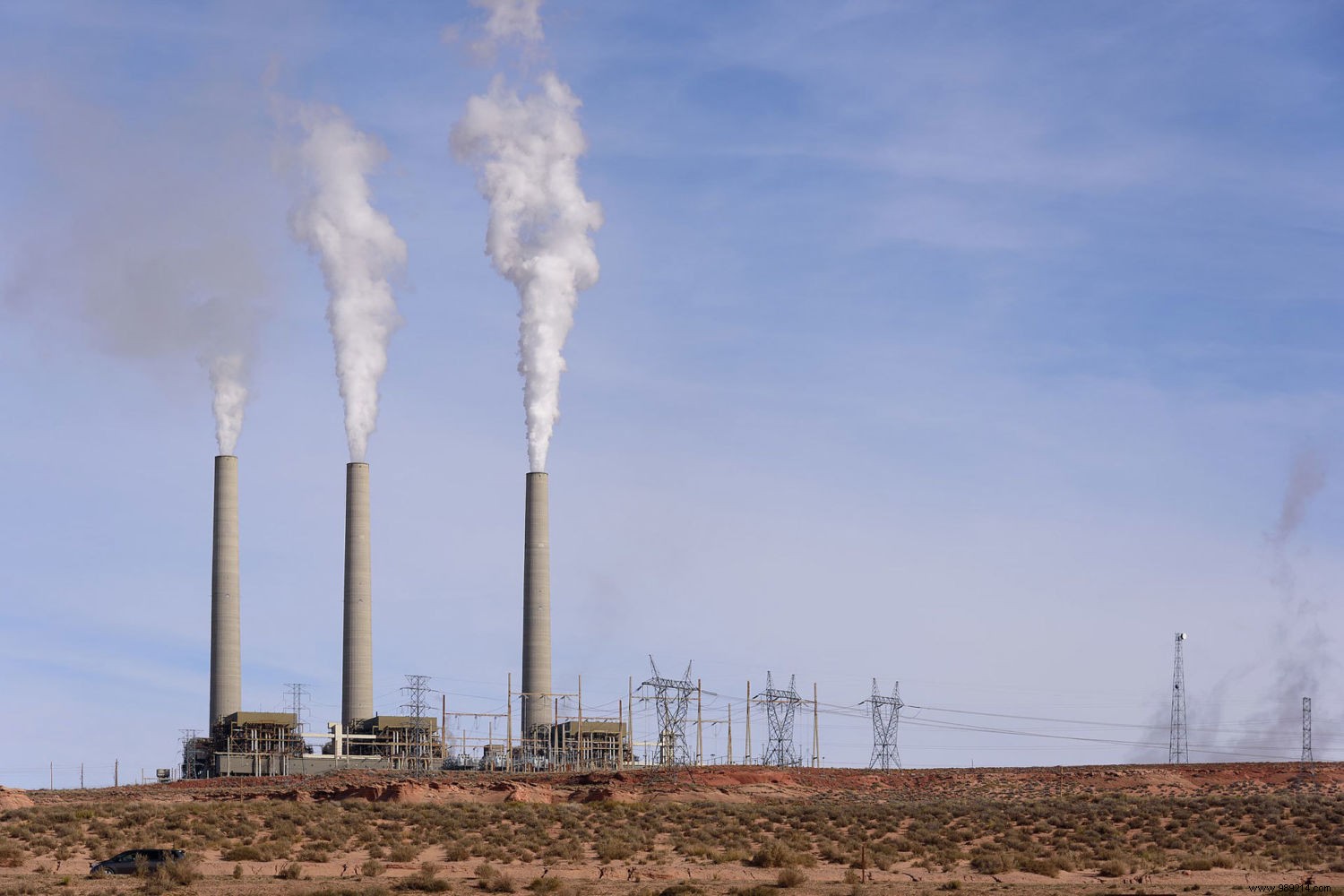Coal plant closures are good for the environment, but not only. In the United States, thousands of lives and cultures have been saved.
Coal-fired power generation is down in the United States. Indeed, more than 330 production units have been taken offline between 2005 and 2016. At the same time, more than 600 units powered by natural gas have been installed and activated. Jennifer Burney, a researcher at the University of California (United States), took advantage of this energy transition to study the local impacts of shutdowns of coal-fired power plants .
To do this, the researcher combined data from the Environmental Protection Agency (EPA) on the production of electrical energy with satellite measurements taken by NASA. She has also studied the evolution of mortality rates of the counties affected by these plant closures using data from the Centers for Disease Control and Prevention, as well as the crop yields of these regions.
After analyzing the data, the researcher suggests that between 2005 and 2016, switching to gas reduced the levels of nitrogen dioxide and carbon dioxide. sulfur of 60% and 80% , respectively.
As a result, more than 300 million tons of carbon dioxide in the atmosphere would have been saved. The human and agricultural balance sheets are also substantial. Over the same period, she estimates coal plant shutdowns have saved more than 26,000 lives and 570 million bushels of corn, soybeans and wheat.
Conversely, she also estimates that coal-fired power plants left in operation during the same period contributed to 329,417 premature deaths and the loss of 10.2 billion bushels of crops.
“We hear a lot about the global economic impacts inherent in switching from coal to natural gas, but smaller-scale decisions can also have really big local consequences , explains the researcher. The analysis provides a framework to further assess the costs and benefits of local investments in energy infrastructure .

It's also worth remembering that natural gas mining isn't very "clean" either. These units actually emit less carbon dioxide than coal-fired power plants, but they promote the release of methane, a greenhouse gas, into the atmosphere. much more powerful.
It is estimated that almost 8% of production escapes from shale gas wells , due to discharges and deliberate burning or poorly adjusted fittings in the distribution networks.
Study details are published in Nature Sustainability .
Related articles: